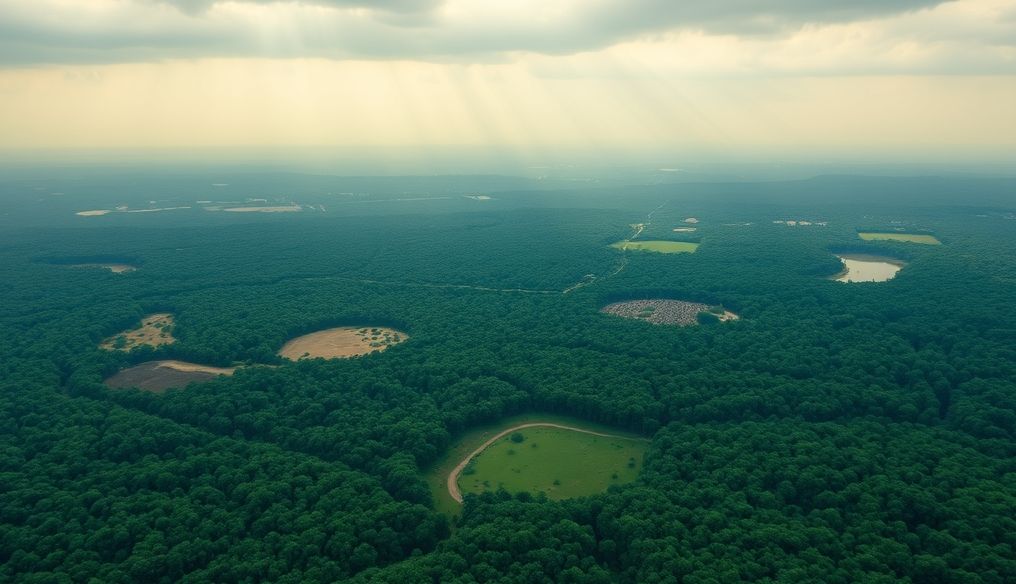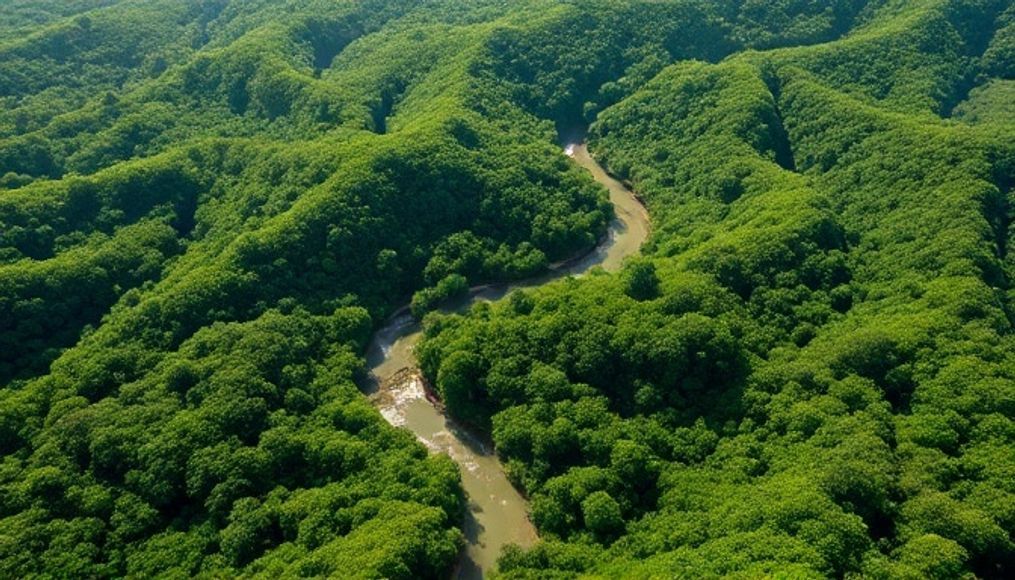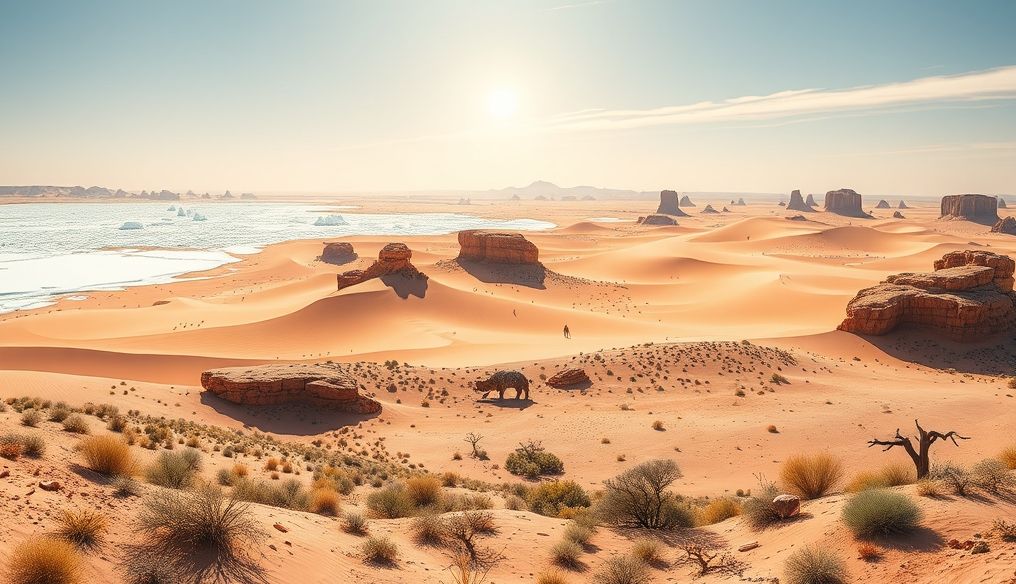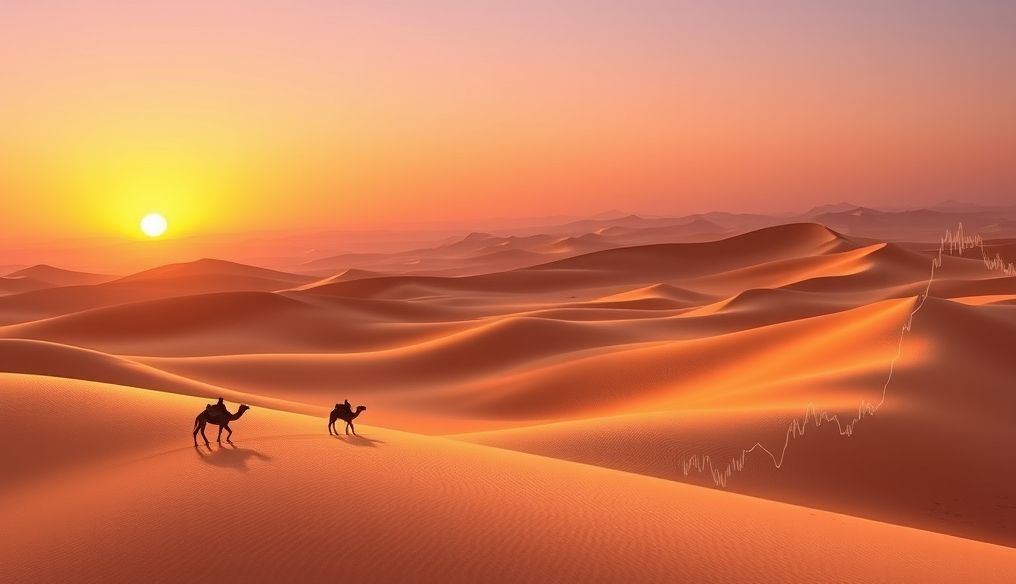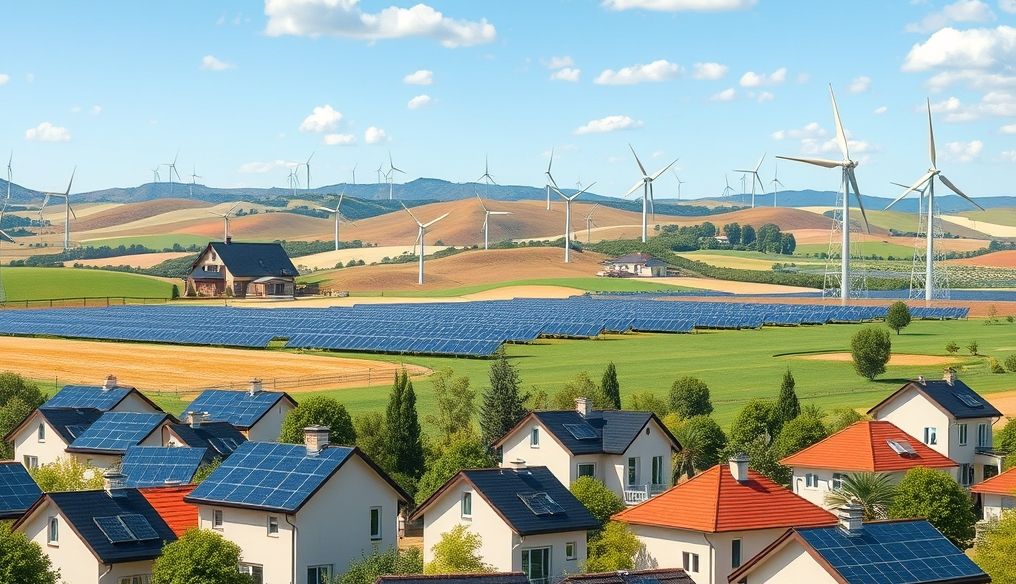Is the Amazon Rainforest Really the "Lungs of the Earth"?
The Amazon rainforest has long been associated with the phrase "lungs of the Earth," a popular expression that reflects the belief that it produces the majority of the oxygen in Earth's atmosphere. However, this description, despite its prevalence, is an oversimplification of complex scientific facts. This article aims to explore the true role of the Amazon in oxygen production, understand the ecological processes that occur within these forests, and assess their impact on our planet.
What Does "Lungs of the Earth" Mean?
The term "lungs of the Earth" refers to any ecosystem that significantly contributes to the production of oxygen in the atmosphere. Oxygen is essential for the life of most living organisms, including humans, as it is used in cellular respiration to produce energy. Rainforests, especially the Amazon, are traditionally considered one of the most important sources of oxygen due to the process of photosynthesis carried out by plants.
Photosynthesis in the Amazon Rainforest
The Amazon rainforest is home to millions of species of plants and trees that carry out photosynthesis. During this process, plants absorb carbon dioxide from the atmosphere and convert it into sugars (food for the plant) and oxygen, using energy from sunlight. This process is essential for maintaining the balance of gases in the atmosphere.
Is the Amazon the Main Producer of Oxygen in the World?
Although the Amazon rainforest produces vast amounts of oxygen, the truth is that most of this oxygen is consumed within the ecosystem itself. Plants and trees in the Amazon use oxygen in cellular respiration, just like animals. In addition, dead organic matter (such as fallen leaves and dead trees) is decomposed by microorganisms, a process that also consumes oxygen.
Estimates suggest that the net oxygen production of the Amazon rainforest (i.e., the amount of oxygen produced after deducting the amount consumed) may be close to zero. This means that the Amazon does not significantly contribute to increasing the amount of oxygen in the atmosphere globally.
Oceans: The Real Producer of Oxygen
The main source of oxygen in the atmosphere is the oceans. Phytoplankton, which are microorganisms living in the oceans, carry out photosynthesis and produce an estimated 50% to 80% of the oxygen in Earth's atmosphere. These microorganisms are more efficient in producing oxygen compared to rainforests, due to their rapid growth and reproduction rates.
The Role of the Amazon in Climate Regulation
Although the Amazon is not the main producer of oxygen, it plays a vital role in regulating the global climate. The Amazon rainforest absorbs vast amounts of carbon dioxide from the atmosphere, helping to reduce global warming and climate change. In addition, the forests contribute to regulating the water cycle, absorbing water from the soil and releasing it into the atmosphere through transpiration, which affects rainfall patterns.
The Impact of Deforestation on the Global Climate
Deforestation in the Amazon has devastating effects on the global climate. When trees are cut down and burned, large amounts of carbon dioxide are released into the atmosphere, increasing the concentration of greenhouse gases and accelerating the pace of climate change. In addition, deforestation reduces the region's ability to absorb carbon dioxide and regulate the water cycle, exacerbating environmental problems.
The Importance of Conserving the Amazon Rainforest
Although the Amazon rainforest is not the "lungs of the Earth" in the literal sense, it is essential for the health of our planet. Conserving this rainforest is crucial for mitigating climate change, preserving biodiversity, and ensuring the sustainability of natural resources for future generations. Immediate action must be taken to stop deforestation and promote sustainable practices in the region.
Conclusion
The phrase "lungs of the Earth" to describe the Amazon rainforest is somewhat misleading. While the Amazon produces significant amounts of oxygen, most of this oxygen is consumed within the ecosystem itself. The oceans, especially phytoplankton, are the main producer of oxygen in the atmosphere. However, this does not diminish the importance of the Amazon rainforest in regulating the global climate and preserving biodiversity. Conserving the Amazon rainforest is essential for the future of our planet.
